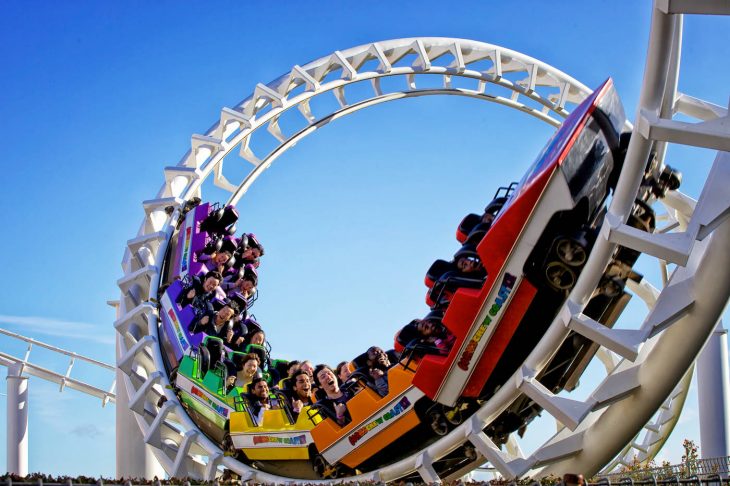
Roller coasters are the epitome of adrenaline-pumping excitement and exhilaration. These gravity-defying thrill machines have been captivating amusement park enthusiasts for decades, providing unforgettable experiences and heart-stopping moments. In this article, we will explore 19 fascinating facts about roller coasters, uncovering the engineering marvels, record-breaking feats, and the sheer thrill they offer. So, fasten your seat belts and get ready for a wild ride through the world of roller coasters!
The World’s First Roller Coaster
The precursor to modern roller coasters can be traced back to the late 17th century in Russia. The “Russian Mountains” were large ice slides constructed with wooden supports, where riders would descend at high speeds. This early concept laid the foundation for the roller coasters we know today.
The Tallest Roller Coaster in the World
Currently, the tallest roller coaster in the world is the Kingda Ka at Six Flags Great Adventure in New Jersey, USA. Standing at a staggering height of 456 feet (139 meters), it launches riders from 0 to 128 mph (206 km/h) in just a few seconds, providing an adrenaline rush like no other.
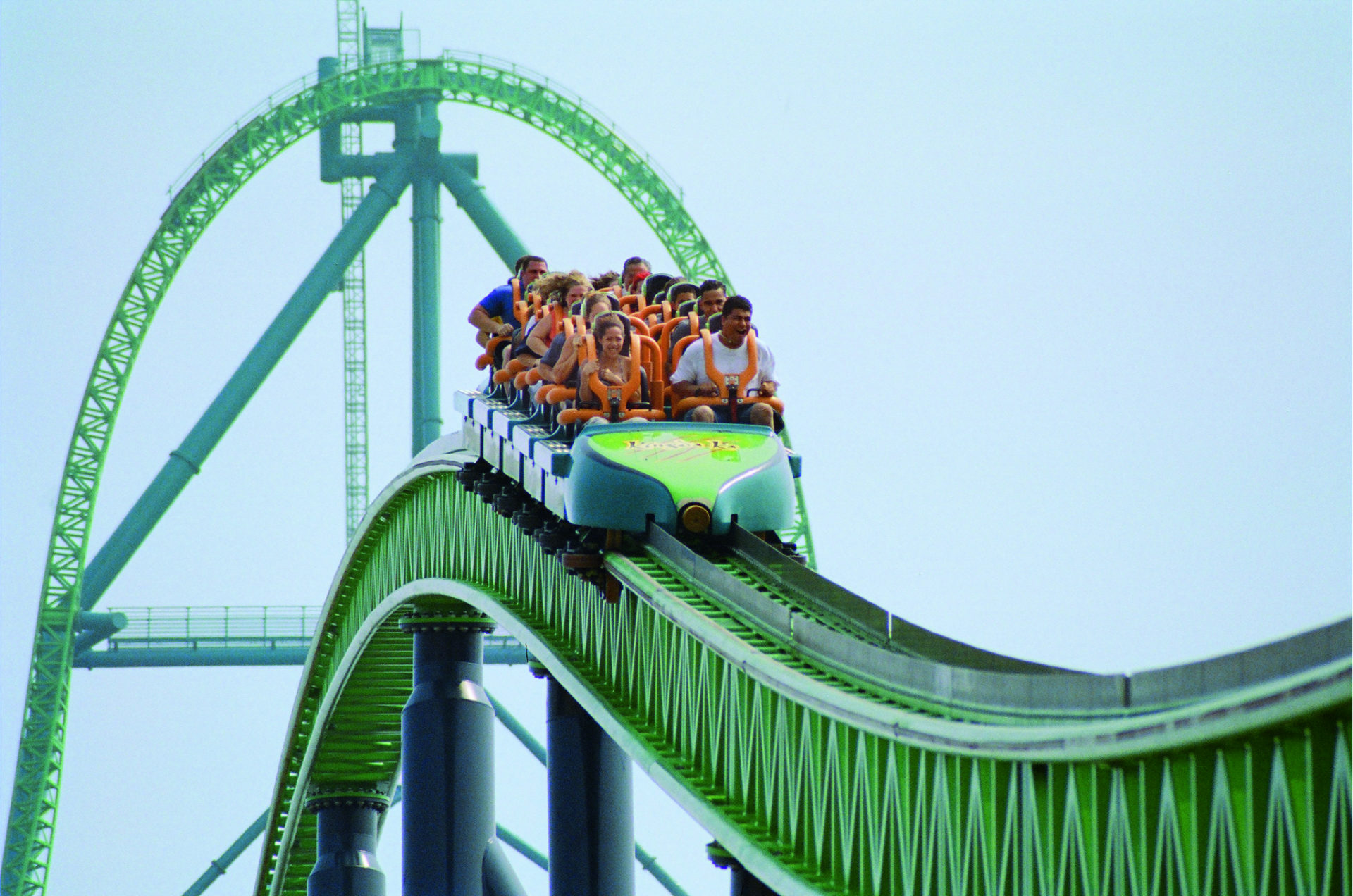
The Fastest Roller Coaster on Earth
The Formula Rossa at Ferrari World Abu Dhabi holds the title for the fastest roller coaster in the world. This thrilling ride accelerates from 0 to 149 mph (240 km/h) in a mere 4.9 seconds, simulating the experience of driving a Formula One car.
The Longest Roller Coaster Ride
The Steel Dragon 2000 at Nagashima Spa Land in Japan holds the record for the longest roller coaster ride. Stretching over 8,133 feet (2,479 meters), this impressive coaster takes riders on a thrilling journey through twists, turns, and inversions that seem to go on forever.
The Oldest Operating Roller Coaster
The Leap-The-Dips roller coaster at Lakemont Park in Pennsylvania, USA, holds the distinction of being the oldest operating roller coaster in the world. Built in 1902, this charming wooden coaster offers a nostalgic experience and showcases the evolution of roller coaster design.
The Physics of Thrill
The exhilarating sensations experienced on a roller coaster are the result of various physics principles at play. Acceleration, gravity, centripetal force, and potential energy conversion create the thrilling drops, loops, and twists that make roller coasters so exciting.
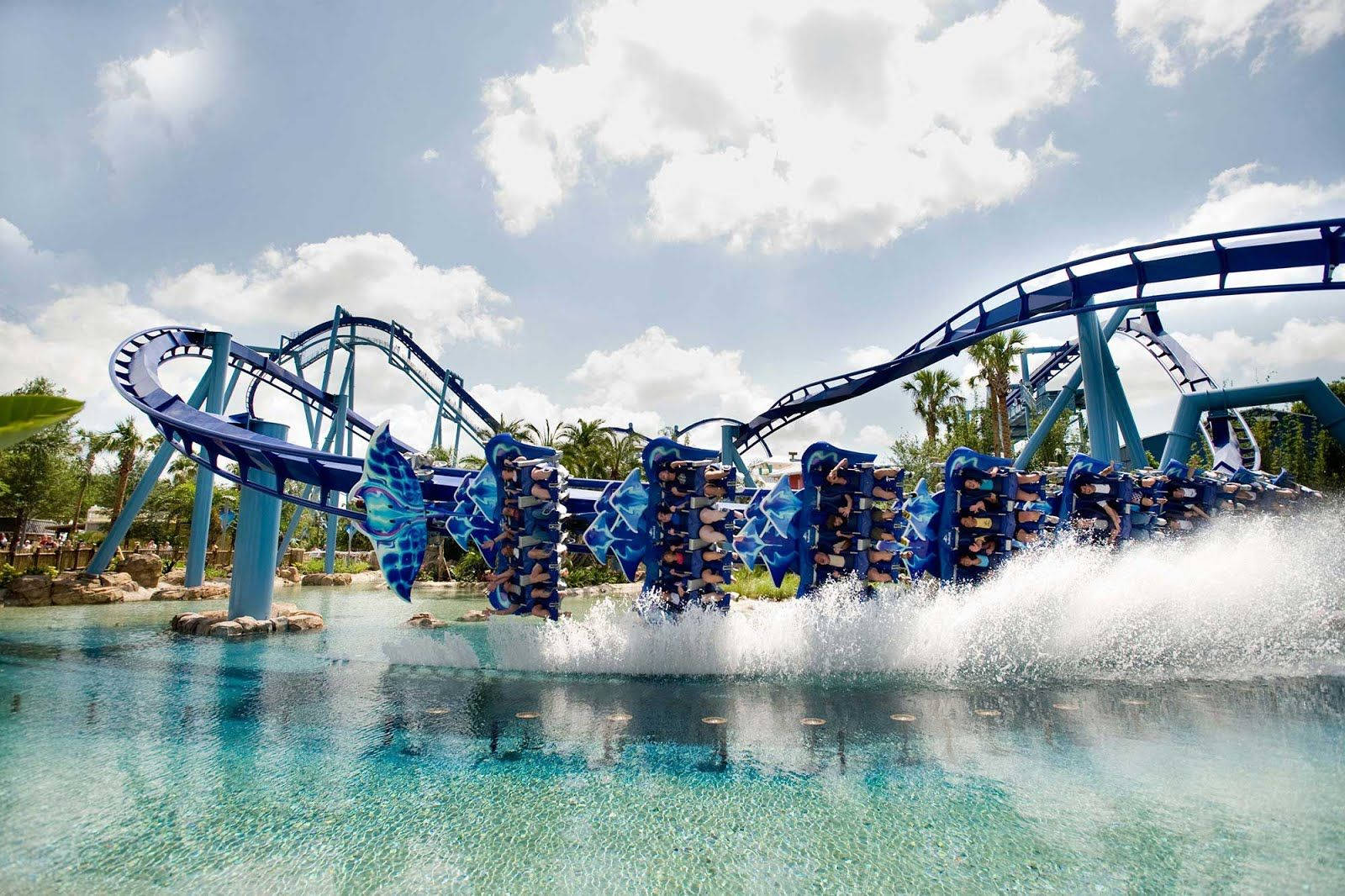
Wooden vs. Steel Coasters
Roller coasters can be categorized into two main types: wooden and steel. Wooden coasters provide a classic, nostalgic experience, while steel coasters offer more flexibility in design, allowing for inversions, faster speeds, and smoother rides.
Inversions and the Looping Phenomenon
Inversions, such as loops, corkscrews, and barrel rolls, add an extra element of excitement to roller coasters. The first successful loop was introduced in 1895 on the Flip Flap Railway at Sea Lion Park in New York, USA, forever changing the landscape of coaster design.
The Role of Roller Coaster Designers
Roller coaster design is a specialized field that combines engineering, physics, and creative ingenuity. Designers work meticulously to create thrilling layouts, consider rider safety, and optimize the coaster’s performance to deliver an unforgettable experience.
The Thrill of Airtime
Airtime refers to the sensation of weightlessness experienced on certain roller coaster elements, particularly during drops and hills. Skilled coaster designers strategically engineer these moments to provide riders with the exhilarating feeling of floating out of their seats.
Roller Coasters and G-Forces
G-forces play a significant role in the thrill factor of roller coasters. Positive G-forces, or “G’s,” push riders into their seats, while negative G-forces create a floating sensation. The intensity of G-forces experienced on a coaster can vary depending on factors like speed, changes in direction, and ride elements.
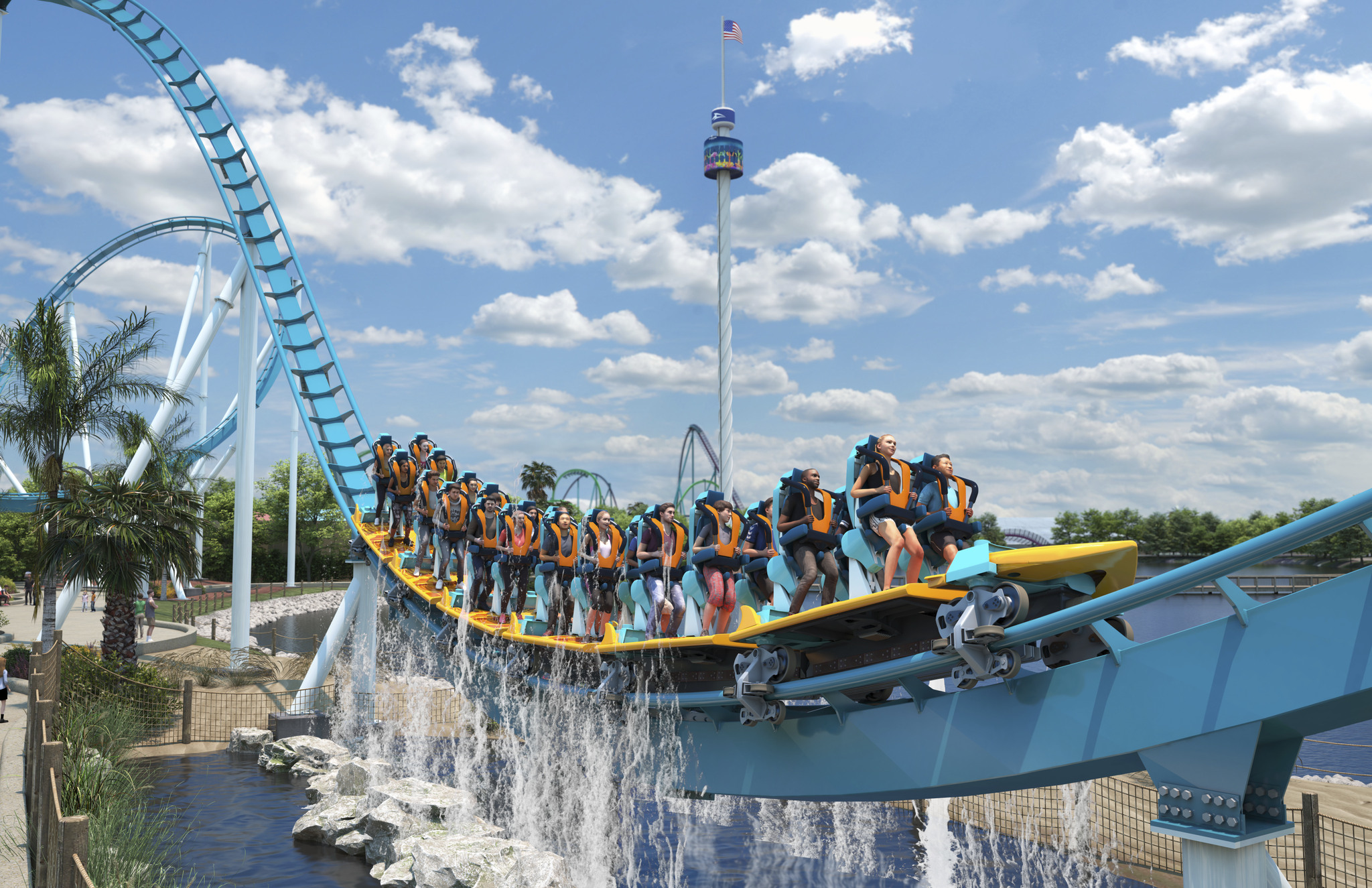
The Coaster Arms Race
Amusement parks and roller coaster manufacturers engage in an arms race to create bigger, faster, and more thrilling rides. Each innovation seeks to push the boundaries of what is possible and provide riders with an unmatched adrenaline rush.
The Role of Roller Coaster Safety Systems
Roller coasters are equipped with advanced safety systems to ensure the well-being of riders. Features such as lap bars, shoulder harnesses, and seat belts are designed to secure passengers during the ride and undergo rigorous testing to meet industry safety standards.
Virtual Reality Coasters
In recent years, virtual reality (VR) technology has been incorporated into roller coasters, offering a whole new level of immersion and excitement. Riders wear VR headsets that synchronize with the coaster’s movements, creating a thrilling and interactive virtual experience.
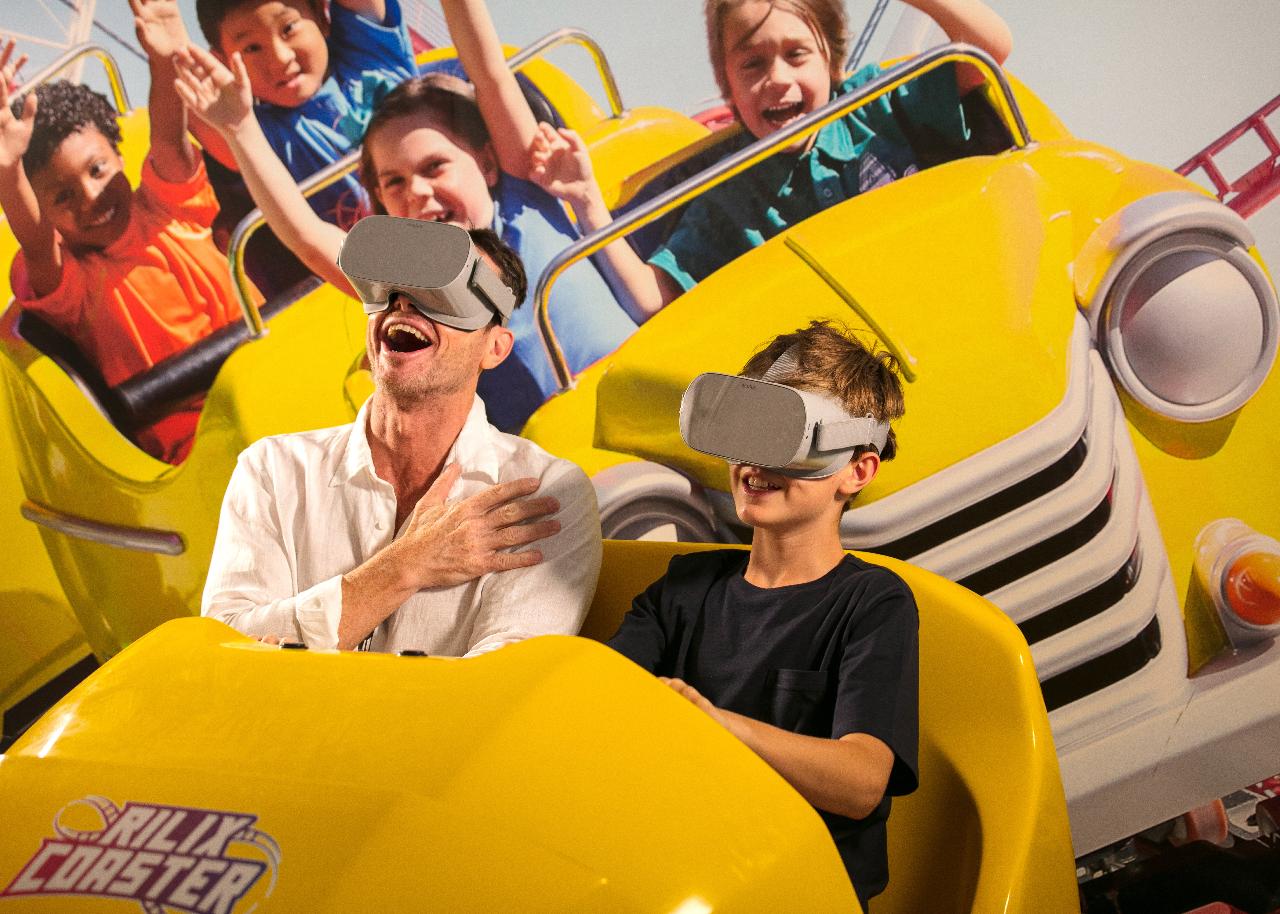
Roller Coasters and Psychological Thrills
The psychological aspect of roller coasters adds to their appeal. The combination of anticipation, fear, and exhilaration triggers a rush of adrenaline, endorphins, and dopamine, providing riders with a euphoric sensation and a sense of accomplishment.
The Influence of Roller Coasters on Popular Culture
Roller coasters have had a significant impact on popular culture, inspiring movies, books, and even music. The thrilling nature of coasters and their association with summer fun and adventure have made them iconic symbols of excitement and exhilaration.
Roller Coasters and World Records
Roller coasters often aim to break world records, whether it be for height, speed, or other factors. These record-breaking feats generate buzz and attract thrill-seekers from around the world, eager to experience the newest and most extreme coasters.
The Art of Roller Coaster Riding
Riding a roller coaster is an art in itself. Enthusiasts, known as “coaster enthusiasts” or “coaster junkies,” travel the world to experience different coasters, take note of unique features, and appreciate the engineering marvels and thrills that each ride offers.
Roller Coasters and the Sense of Adventure
Roller coasters embody the spirit of adventure and provide an escape from the ordinary. They allow us to conquer fears, experience exhilaration, and create lasting memories that ignite our sense of adventure and keep us coming back for more.
Conclusion
Roller coasters are the epitome of thrill and excitement, offering a unique blend of engineering marvels, physical sensations, and adrenaline-pumping experiences. From record-breaking heights and speeds to the psychology of fear and exhilaration, roller coasters have woven themselves into the fabric of amusement park culture and captured the hearts of millions worldwide. So, the next time you buckle up and embark on a roller coaster ride, savor every twist, turn, and drop as you embrace the thrill of the extraordinary.
Frequently Asked Questions (FAQs)
Are roller coasters safe?
Roller coasters undergo rigorous safety inspections and are designed with multiple safety systems to ensure rider well-being. However, it is important to follow ride guidelines, listen to ride operators, and adhere to any health and safety restrictions.
Can roller coasters make you sick?
Some individuals may experience motion sickness or dizziness while riding roller coasters due to the combination of speed, changes in direction, and intense sensations. If you are prone to motion sickness, it is advisable to take the necessary precautions or consider alternate rides.
Are there age or height restrictions for riding roller coasters?
Most roller coasters have height restrictions for safety reasons. These restrictions vary depending on the ride and park. Additionally, some coasters may have age or health restrictions due to the intensity of the ride experience.
How do roller coasters stay on the track?
Roller coasters stay on the track through a combination of gravitational forces, centripetal forces, and the design of the track itself. The track’s shape, banking, and support structure ensure the coaster remains safely on its intended path.
What is the future of roller coasters?
The future of roller coasters is marked by advancements in technology, virtual reality integration, and innovative ride experiences. Coaster manufacturers continue to push the boundaries of design and engineering, promising even more thrilling and immersive rides in the years to come.
Was this page helpful?
Our commitment to delivering trustworthy and engaging content is at the heart of what we do. Each fact on our site is contributed by real users like you, bringing a wealth of diverse insights and information. To ensure the highest standards of accuracy and reliability, our dedicated editors meticulously review each submission. This process guarantees that the facts we share are not only fascinating but also credible. Trust in our commitment to quality and authenticity as you explore and learn with us.
